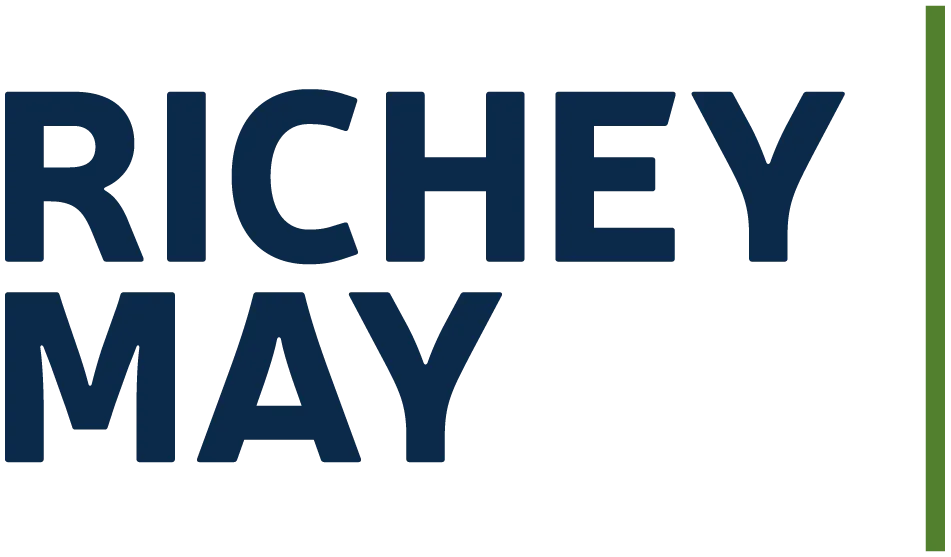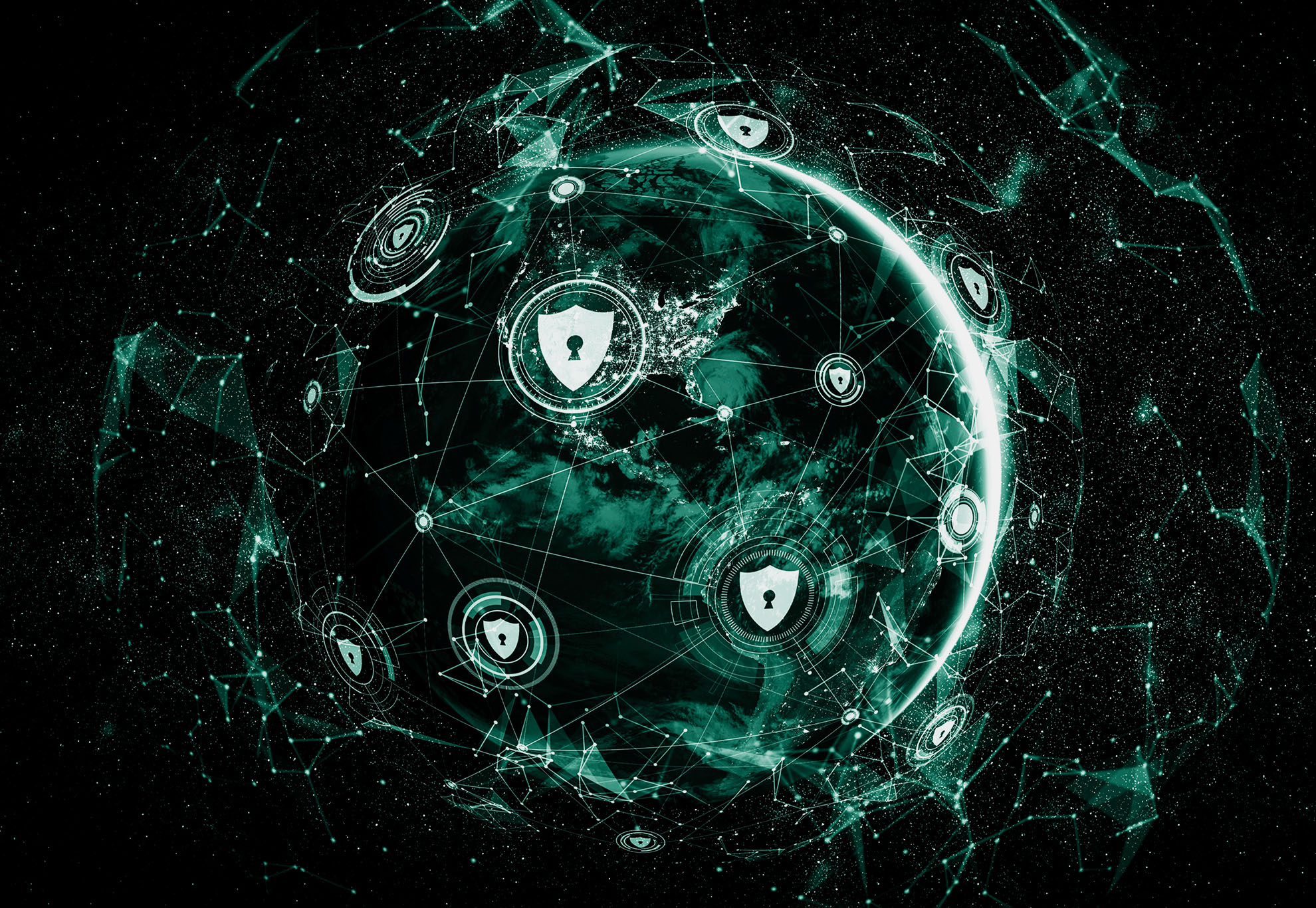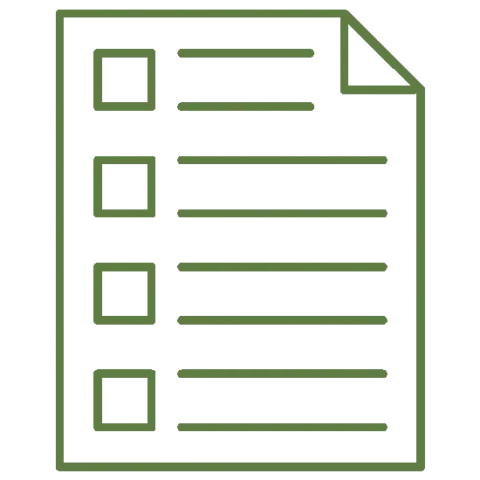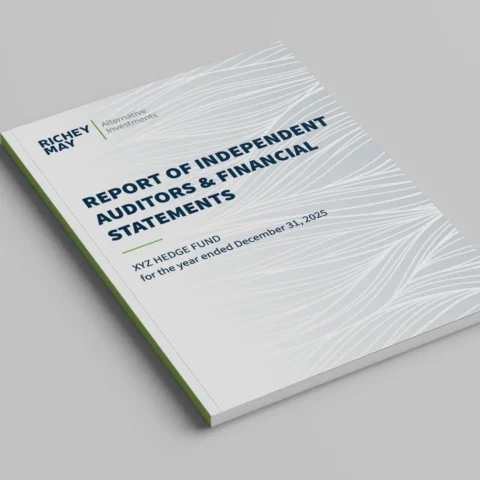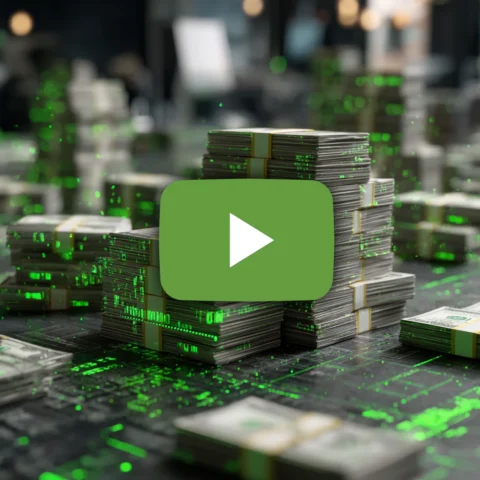With the fast-moving new about the PPP Program (and, crucially, PPP Loan forgiveness), it can be hard for leaders to tell if they have the latest information. Here are 4 highlights from the past couple of weeks.
First, After much anticipation, the SBA just released (Friday May 15) the PPP loan forgiveness application that borrowers will use in working with their lenders to re-affirm initial eligibility for the loan and document their qualified, forgivable expenses.
Fair warning – the application is 11 pages long made up of schedules, calculation forms, worksheets, and step by step instructions. It looks like the SBA hired some of the same people that draft IRS Tax forms. Along with the SBA provided forms, a PPP borrower will need to submit supplemental documentation supporting eligible payroll costs, FTE counts for a specified time period, and documentation verifying payments for non-payroll related expenses such as mortgage interest, rent, and utilities.
Still, there are a lot of questions or common issues that did not get addressed with the SBA’s release of its application like:
- Will the 8 week time frame to spend my loan proceeds be extended?
- Do I really have to fill out an 11 page application and submit other docs just to prove I used my $50k, 100K, (or other small amount) on qualified expenses?
While the form doesn’t answer every business owners’ questions, it’s a start. The SBA has promised to release more guidance to borrowers and lenders soon. Good Faith Safe harbors
Any borrower that, together with its affiliates, received PPP loans with an original principal amount of less than $2 million will be deemed to have made the required certification concerning the necessity of the loan request in good faith.
For a second time, the SBA has extended the due date for a PPP borrower to repay their loan amount in full in order to be deemed to have met the “good faith” certification made on the initial loan request. The due date that started with May 7th was extended to May 14th and now stands at May 18th.
In case you missed it, the IRS issued a notice (2020-32) that addresses the tax deductibility of expenses paid for with PPP loan proceeds. They concluded that since the CARES Act was otherwise silent on the issue, no deduction would be allowed for expenses paid for using “tax-exempt” income i.e. forgiven loan proceeds. While free money is still more beneficial than a deduction, there are many who thought and will continue to stand behind the idea that congress never intended to limit tax deductions. However the IRS and Steve Mnuchin have stated their case so it appears it will take another legislative act to change the outcome. For more on this, check-out our Resources page on richeymay.com.
One provision included in the CARES Act benefiting small businesses that has not received as much attention as the high-profile Paycheck Protection Program is Section 1112, which is titled “Subsidy for Certain Loan Payments.” This subsidy requires the SBA to pay the principal, interest and any associated fees that are owed on certain existing SBA loans for a six-month period beginning with the first payment due following the CARES Act enactment date. The existing SBA loans that qualify are:
- 7(a) (including the Community Advantage Pilot Program for underserved communities)
- 504 Certified Development Company Loan Program
- Microloan Program.
Please contact us with any questions about PPP Loans at info@richeymay.com
